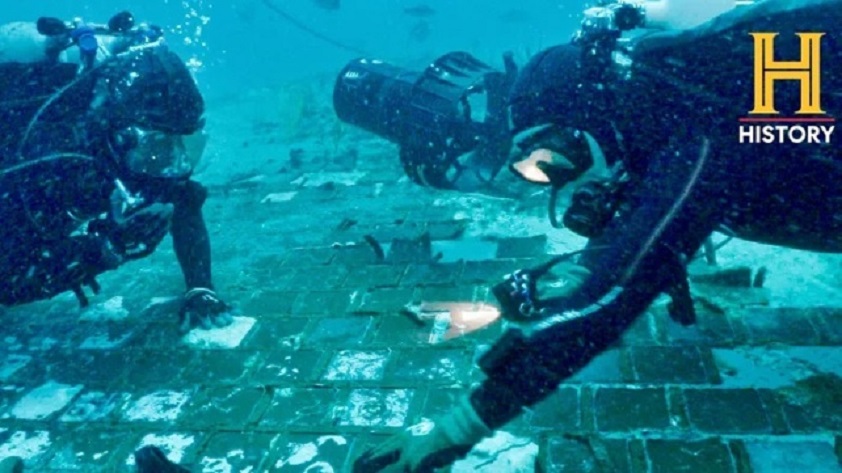Almost 37 years after the death of the Challenger spacecraft, a new fragment of it has been found. It was discovered by a group of divers who were filming a movie about a ship that sank in the Bermuda Triangle.

Challenger Accident
Challenger was one of the “space shuttles” built by the United States under the Space Shuttle program. On January 28, 1986, it was supposed to launch from the Cape Canaveral cosmodrome. The flight program provided for many public events, so the whole world was watching the broadcast. However, at 73 seconds there was an accident, the spacecraft exploded and all seven astronauts on board were killed.
The tragedy was thoroughly investigated by NASA, most of the wreckage was then found quickly enough. However, recently it became known about new structural elements found by divers off the coast of Florida.
The History Channel team that discovered the wreckage did not set out to find traces of this tragedy. It was shooting a film about the ships that sank in the so-called Bermuda Triangle. And the filming locations themselves were much to the south of the places where rocket structural elements usually fall after launch from the cosmodrome.
7 meter long fragment
But when the head of the film crew, marine biologist Mike Barnett, saw a fragment of a structure almost 7 meters long, he immediately realized that they had found something unique. He contacted NASA.
They viewed the footage and recognized that the object actually found could be part of the Challenger. This was later publicly confirmed by NASA administrator Bill Nelson. Now the parts of the spacecraft that the agency assembled in the 80s are stored at the 31st launch of Cape Canaveral. There they formed a kind of memorial.
In general, the discovery made by divers is the first in the last 25 years. This is a really extensive fragment of a spacecraft.It seems that precisely because it fell so far from the starting point, no one has found it so far.
According to www.sciencealert.com
Follow us on Twitter to get the most interesting space news in time
https://twitter.com/ust_magazine

